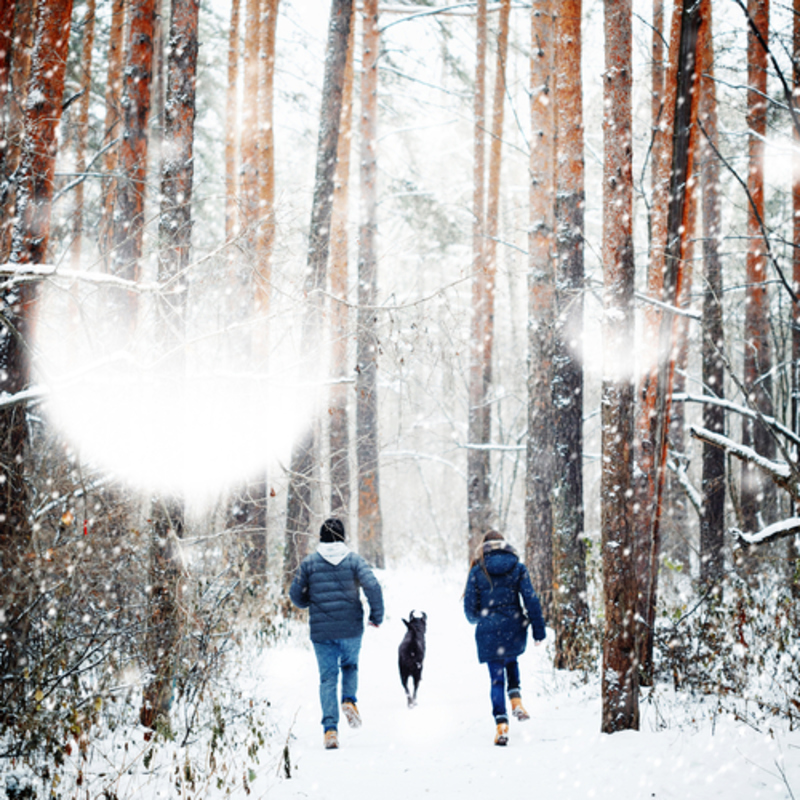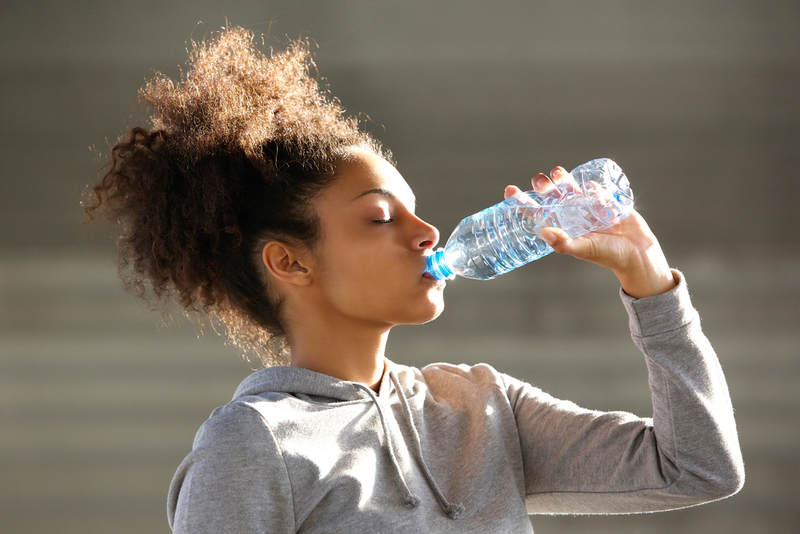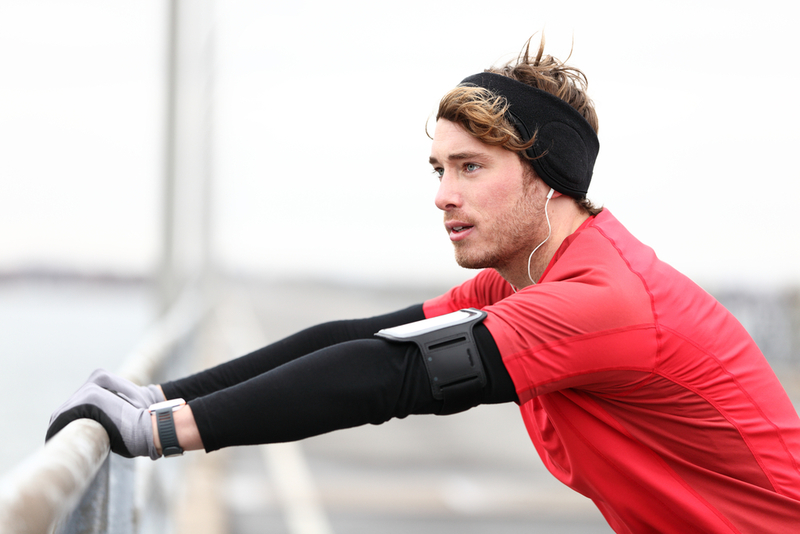The cold winter weather does not only make us feel more sluggish, but it also makes us want to eat more. But don’t let the low temperature stop you from going outdoors and exercising. You may wonder if it is safe to exercise outdoors especially if it’s freezing. Well, there are actually some great perks to cold-weather workouts, and here are some of them, along with precautions you should take so you can be fit and healthy this winter.

You’ll Burn More Calories
One study showed that regular exercise in a cold climate can help boost the production of calorie-burning brown fat by 45%. Brown fat burns calories to produce heat, which increases your overall metabolism. This can help stave off the winter weight that accumulates from the lack of daily activity, decreased intake of fresh food, and increased consumption of comfort foods.
It May Improve Your Mood
Generally, exercise enhances the mood and has been found to lessen stress, anxiety, and depression but according to studies, more benefits can be gained from exercising outdoors. Also, according to the American Heart Association (AHA), the chill of the winter can also make you feel more awake and energized.

Physical Activity Can Improve Your Overall Health
Exercising outdoors can also help reduce the risk of death from cardiovascular disease by up to 27% over being inactive. Outdoor exercise can also increase endurance and mental edge. It is also correlated to higher levels of Vitamin D, which supports a healthy immune system, optimal bone health, and can protect against cancer, diabetes, and heart disease. While outdoor exercise is good for your health, it is still important to be careful with the potential risks so safety cautions have to be heeded and here are some tips:
Consider Any Heart Problems
Be sure to check with your doctor if you are inactive and have an existing heart condition before you begin exercising outdoors in the winter. It’s recommended to start exercising regularly indoors before taking it outside. Studies found that individuals with a history of heart disease had a 41% risk of dying from a heart attack in the winter. Moreover, another study showed that winter tourists experience heart attacks during the first two days of their vacation, primarily in people who don’t often exercise or had risk factors for heart disease.
Don’t Forget to Stay Hydrated
Hydration is still important during cold temperatures, even when you think you don’t sweat, you still lose a substantial amount of body fluid, and even if you’re not thirsty, it is still crucial to drink plenty to stay hydrated by drinking and sufficient amount of fluids.

Protect Your Skin From UV Rays
Your skin can easily dry and irritated in cold and windy weather, so it’s important to moisturize before and after exercising. Make sure to also protect your face and cover all exposed areas. While it may be cloudy, you can still surprisingly get sunburned, so it’s best to wear sunscreen that has UVA and UVB protection.
Dress For Success
Prepare your outdoor winter exercise clothes and make sure that you don’t over or underdress. Your body can heat up quickly when you exercise, so bundling up may not be a good idea. Dress in layers so you can remove them when you feel too hot. Cotton can soak up sweat and cause you to freeze when you slow down, so it’s best to wear wool or synthetic fabrics. Your bottom layer should be one that has wicking properties. Warm-up exercises help a lot with heating up your body, which enables you to transition to the cold steadily.

Exercising outdoors in the cold is a good idea as long as you take the necessary precautions and preparations, which are quite easy. If you still don’t like the cold, you can still exercise inside your house. Keep exercising throughout the winter and resist the urge to slack off.